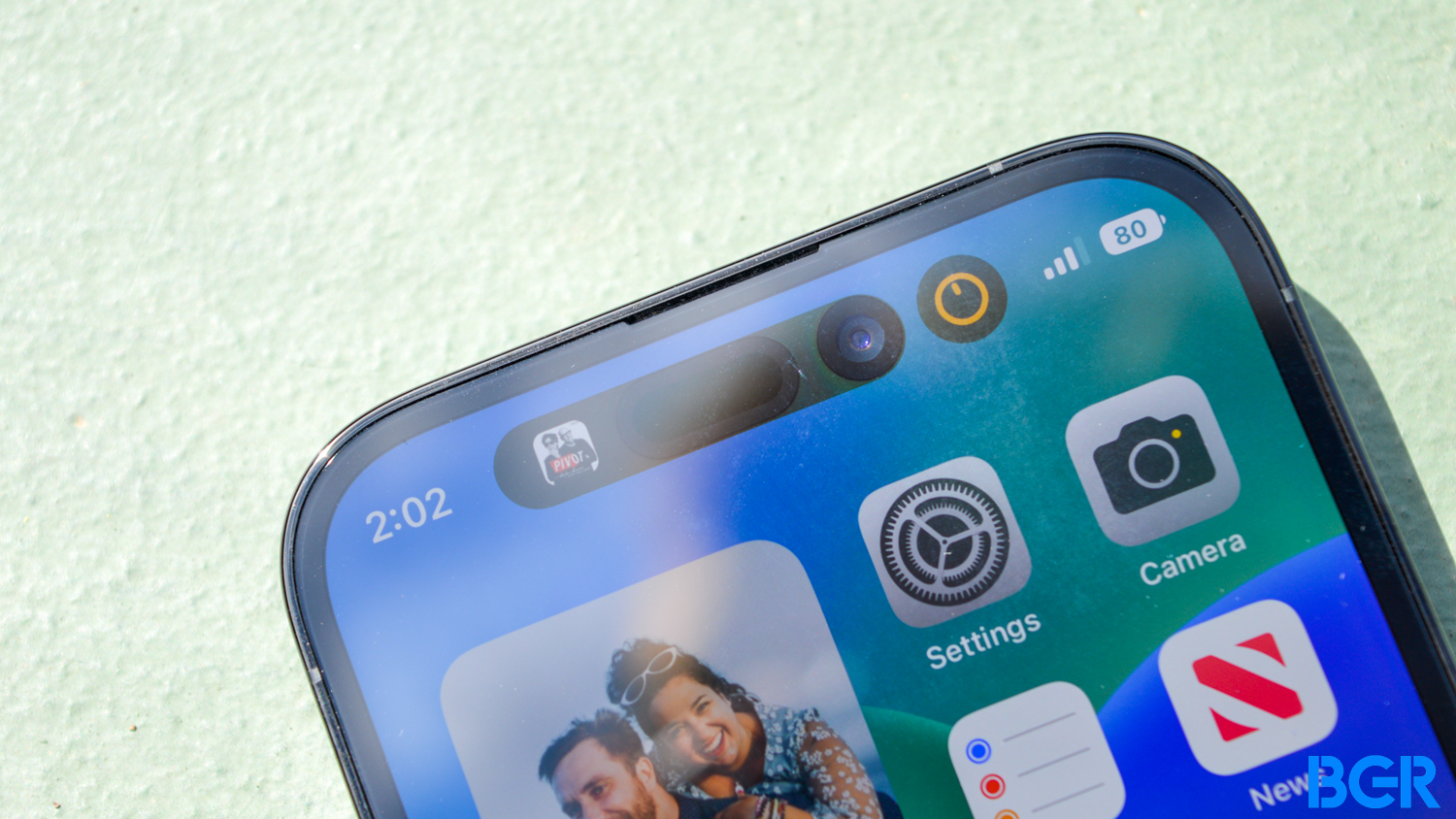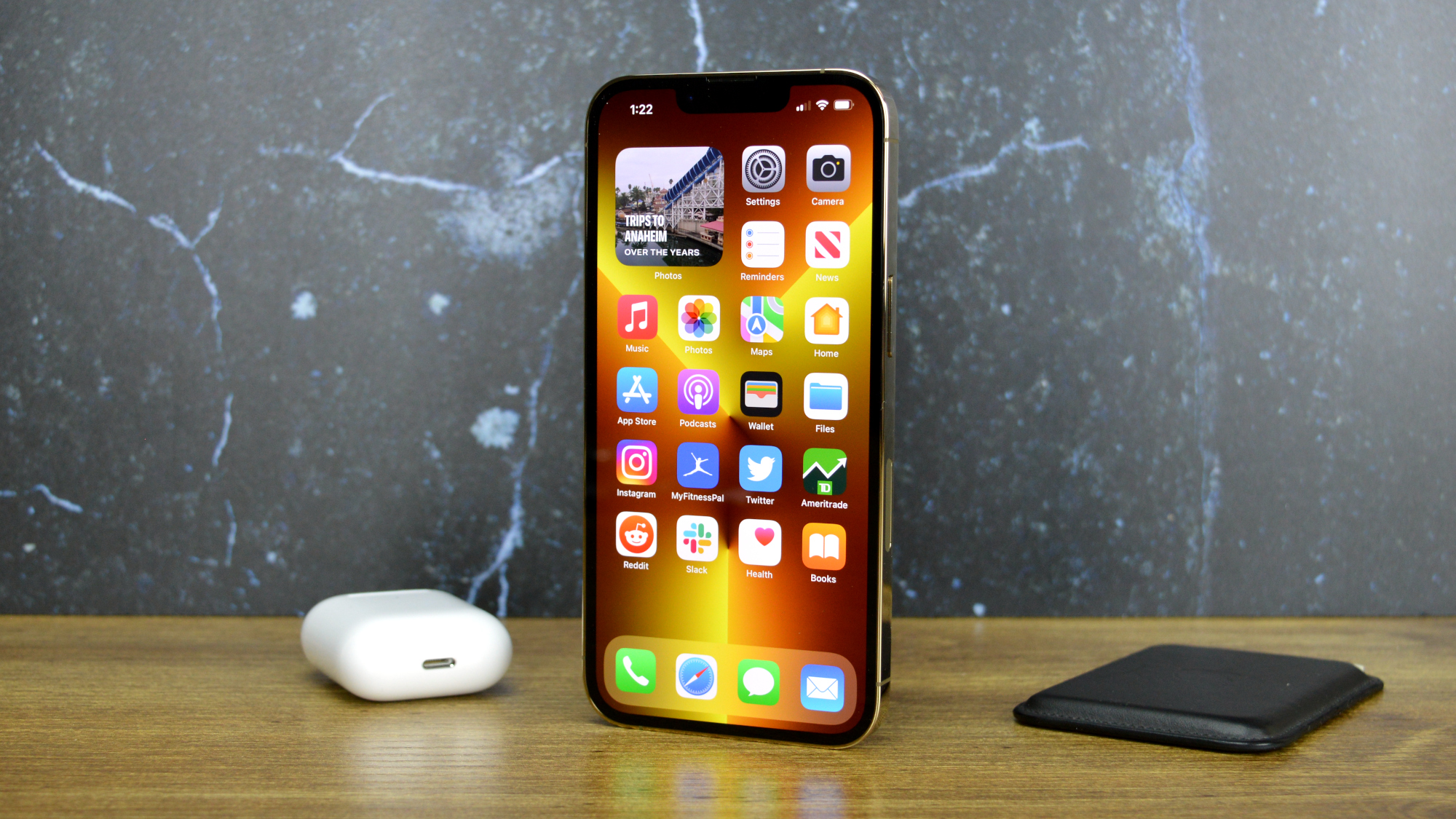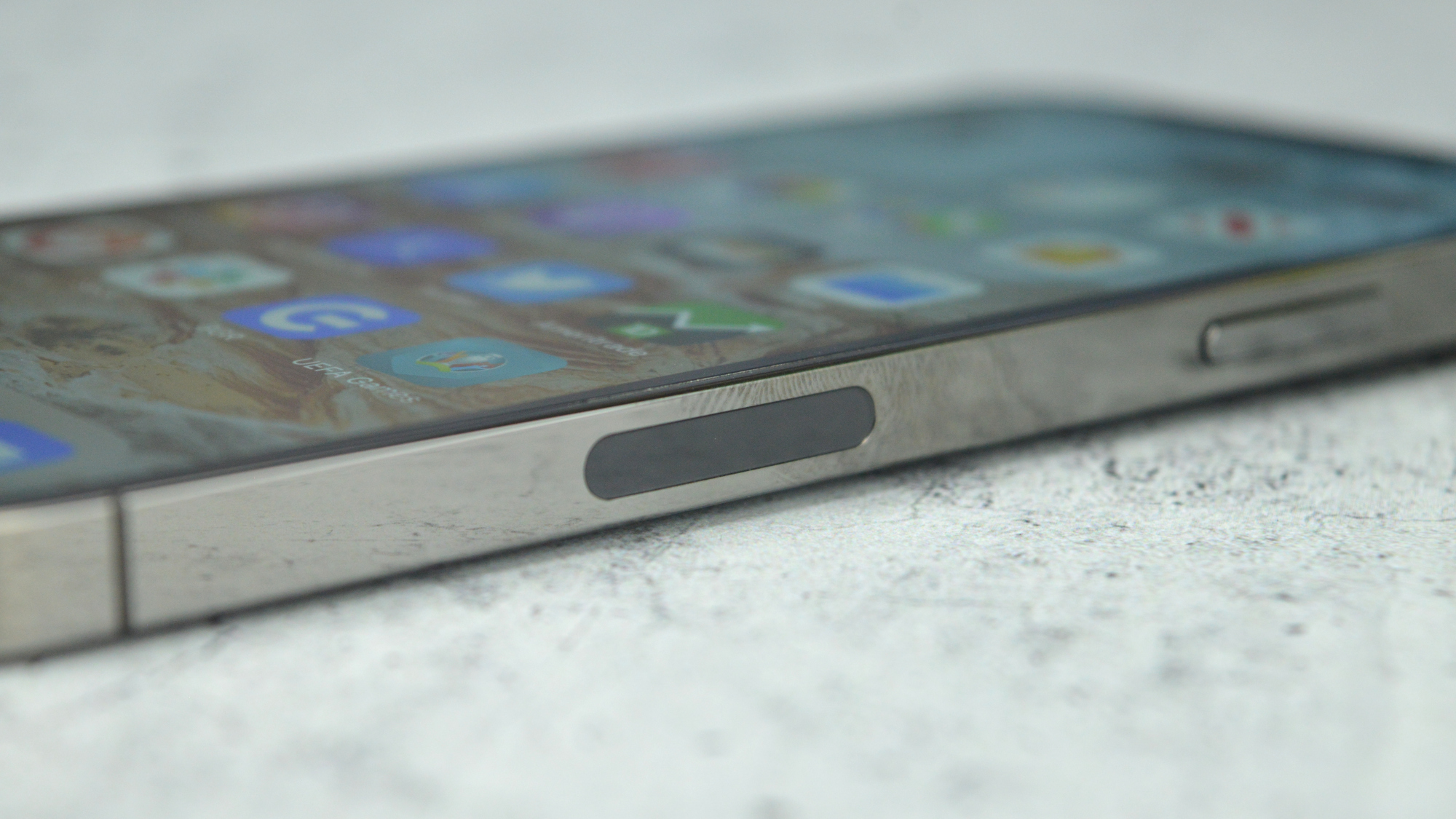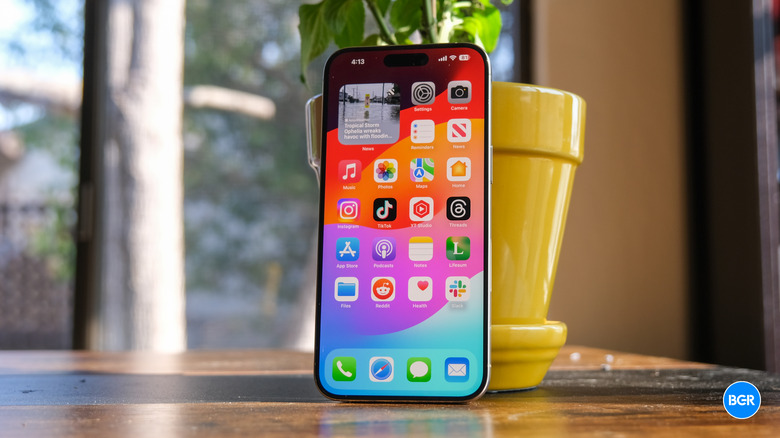I'd Be Willing To Pay More For Original iPhone Repair Parts, But It Should Be Up To Me
I'm a longtime iPhone owner, and I've often written about my fear of breaking the device. That's because I have had to replace broken screens and degraded batteries, which isn't always convenient. Getting to the closest Apple retail store involves some amount of travel, but I'd still rather pay for official Apple repairs than a repair at a third-party shop. I'll even take Apple's repairs over authorized repair shops that work with genuine components.
I prefer that hassle over third-party alternatives or repairing the iPhone myself. Even if I have to pay the Apple tax to get it done. That is, a more expensive price than what third parties will charge. But it should be up to me, the iPhone buyer, to choose how to have the iPhone repaired and whether to use genuine parts or not.
A new report shows how difficult it is to repair the newest iPhones, as Apple relies on software to prevent the use of non-genuine parts. Software that will then cripple the entire iPhone experience.
According to The New York Times, Apple is making $9 billion a year from AppleCare subscriptions. Paying for the insurance then reduces the price of iPhone repairs at Apple stores. AppleCare costs up to $200 on top of the iPhone price.
The report says that Apple's grip on repairs incentivizes buyers to go for AppleCare, a route that would save them money if they need the repairs. The alternative is hoping nothing happens to your iPhone. That you don't drop it accidentally or that components malfunction.

If something bad happens, the only way to repair the iPhone is to go to Apple stores or authorized shops. And those repairs will be more expensive than third-party repair shops that work with non-genuine parts. The report points out that replacing a broken screen without Apple Care coverage can cost nearly $300 at Apple. That's about $100 more than using a third-party screen.
As for the iPhone 14, replacing the cracked screen costs almost as much as the one-year-old handset's trading value, which sits at around $430. As an iPhone 14 Pro user, I use a screen protector and a protective film for the sides and rear glass panel. I've also dropped it once or twice, but it was from a relatively small height onto a softer surface.
One could still employ third-party companies to repair the iPhone, and they will. But the newer the iPhone, the more issues you might get after installing those non-genuine parts. Or genuine parts from other iPhones that the software won't validate.
You might risk malfunctions and alerts from the operating system, as iOS recognizes the iPhone uses a part not coming from Apple suppliers.
Working with data from iFixit, The Times says that seven iPhone 15 parts can trigger alerts during repairs. That's up from three warnings in 2017 when Apple introduced the Face ID facial recognition system.
iFixit has recently highlighted the issues in blog posts of its own. It downgraded the repairability of the iPhone 14 Pros due to Apple's parts pairing software locks and pointed out the iPhone 15's similar issues during a teardown.

Apple defends its practices by saying it protects the safety of consumers and the company's brand, and I agree with both takes. I wouldn't want a third-party Face ID replacement part used on my iPhone, as that component practically password-protects everything on the iPhone. That's one example Apple provided to The Times.
And yes, I can see the consumer usually blaming Apple if a third-party repair shop fumbles the repair. That's also something Apple told the paper.
I can also think of another example in Apple's defense. Parts pairing could help reduce iPhone thefts. The iPhones are usually locked, so thieves can't resell them. But they can strip them for parts, and sell those to anyone buying.
Apple's repair requirements for key iPhone features could reduce the incentive to buy genuine parts from stolen devices. iFixit's tests have shown that swapping iPhone parts from same-year devices would still trigger warnings despite the parts being genuine. That's because each component is paired to a particular device.
But the buyer should still be able to choose. It's up to me to decide whether I want Apple to handle my repairs, whether I want to use Apple's DIY repair program, or whether I want to go for a cheaper option.
It's one thing to lock down with software that concerns the user's safety and security (like the Face ID/Touch ID module and the battery). But it's quite another to restrict components like the display, cameras, taptic engine, or LiDAR sensor (where available).

Apple, of course, wouldn't be the only product manufacturer encouraging its customers to use only genuine components to repair devices. But The Times points out that such behavior has attracted the attention of legislators. Some are eying new laws that would prevent Apple from restricting repairs by pairing parts.
Interestingly, Apple already supports the right to repair. You can fix your iPhone at home as long as you get the equipment and genuine parts from Apple. More recently, the company has endorsed California's rights-to-repair law. However, the legislation doesn't address the parts pairing practice.
With that in mind, I know I'll keep repairing my iPhone at Apple stores, though I'll do anything to avoid damages. That means using cases and screen protectors. Or going for AppleCare Plus on future iPhone purchases. But I also hope Apple will limit parts pairing practice in the future.
Meanwhile, you should read the full New York Times report, as it includes animations showing the kind of iPhone repairs that Apple has been restricting over the years.
